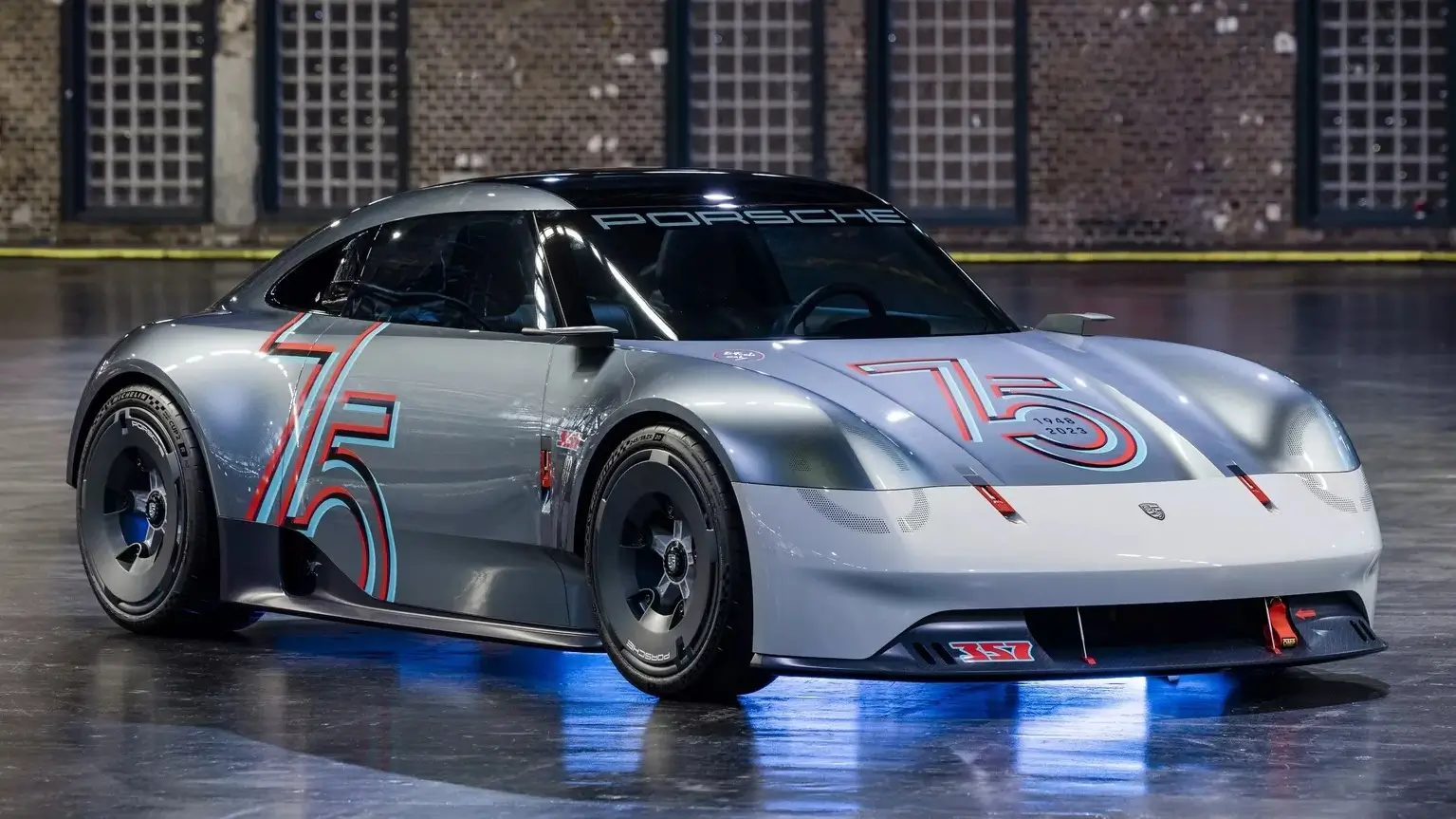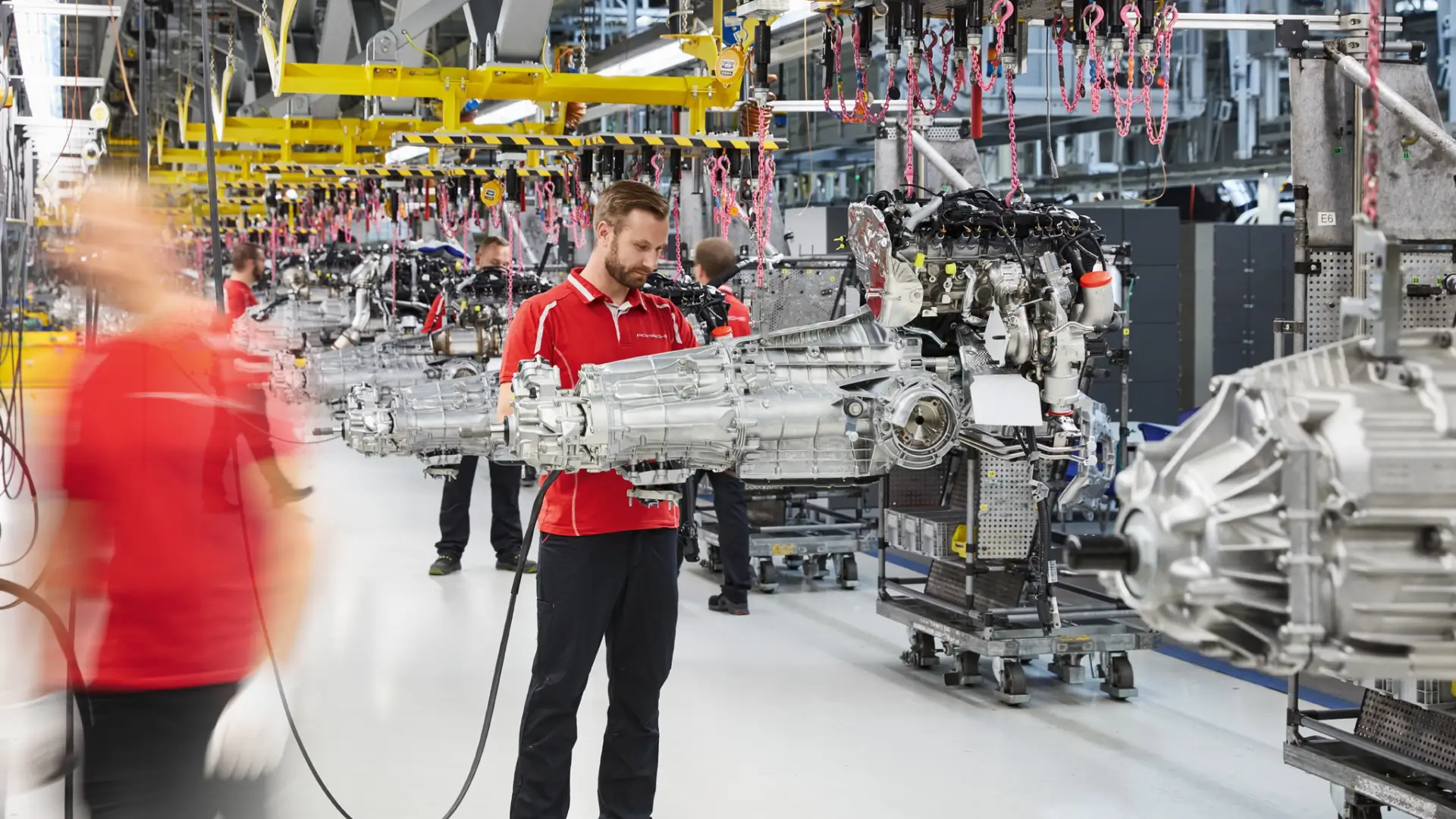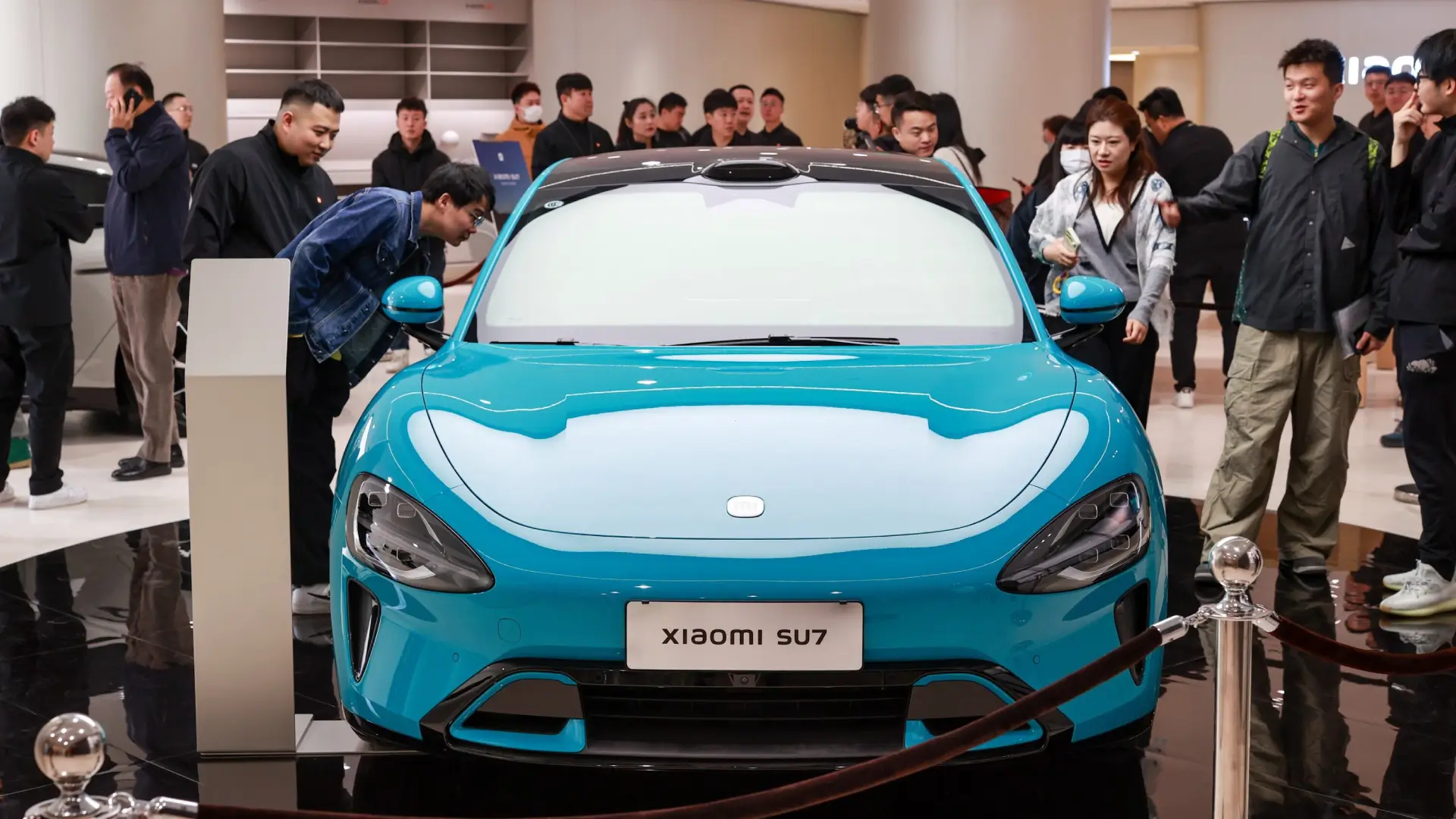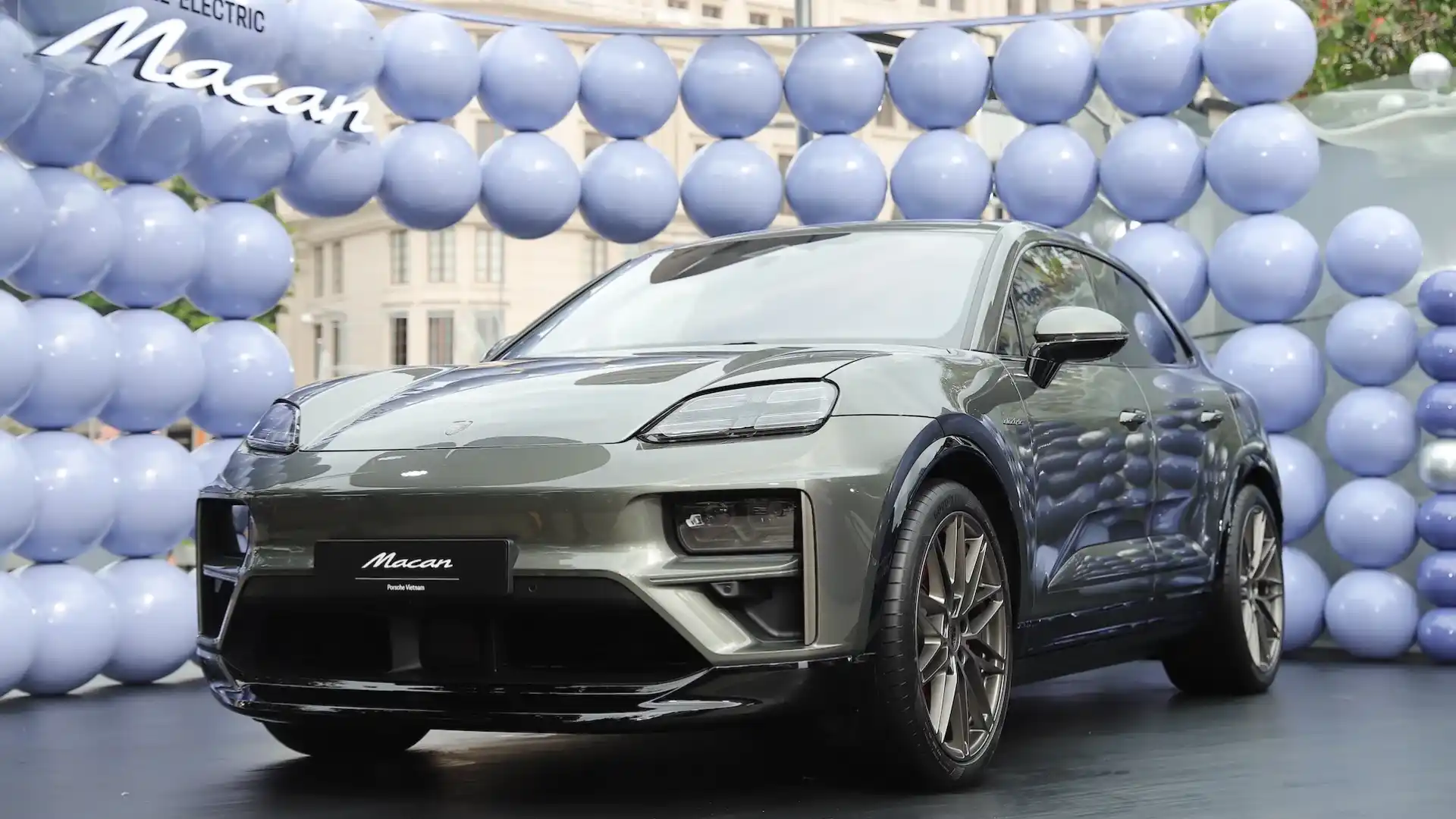The electric car revolution promised to reshape the automotive landscape, heralding a cleaner, more sustainable future. Yet, as with many unprecedented technological shifts, the reality has proven more complex and fraught with unforeseen challenges. The current turmoil faced by Porsche EV – a company once lauded as a pioneer in the luxury electric car segment—serves as a potent lesson about the perils of overcommitment to a single vision amid evolving market dynamics, regulatory environments, and geopolitical tensions. This article delves into the broader industry context of EV adoption, analyzes Porsche EV strategic pitfalls, and explores valuable lessons for automakers navigating the uncertain terrain of electrification.
Introduction to the Shift Toward Electric Vehicles and Industry Context
The Rise of Electric Cars (EV) Globally
Over the past decade, electric car have gone from niche innovations to mainstream contenders, fundamentally altering the timelines and expectations of the automotive industry transition from internal combustion engines. Early advocates emphasized environmental benefits and technological advances, and governments worldwide adopted policies to accelerate adoption, setting ambitious targets for the ban on gasoline cars—notably the European Union 2035 deadline for ending sales of new combustion-engine vehicles.

Major automakers have responded with multi-billion-dollar investments in EV platforms, battery technology, and charging infrastructure. From Tesla revolutionary EV models to legacy brands like Porsche EV, VW, GM, and Toyota, the push toward electric mobility reflects a confluence of consumer demand, policy incentives, and ecological imperatives. This surge underscores a belief that electric car technology will dominate the future landscape, with some countries set to phase out gasoline cars altogether. However, the transition remains uneven and fraught with challenges, including supply chain constraints, high costs, and consumer readiness.
The Role of Hybrid and Conventional Gasoline Cars in the Transition
While the industry emphasizes electric cars, the pathway to a fully electrified fleet is complex. Hybrid vehicles—combining internal combustion engines with electric propulsion—serve as a critical bridge, allowing automakers to gradually adapt their manufacturing processes, optimize existing technologies, and address customer concerns about range and infrastructure adequacy.
In the near term, gasoline cars will continue to play a significant role, especially in markets where infrastructure lags and consumer preferences remain cautious. European regulators’ aggressive stance on phasing out gasoline cars by 2035 and US tariffs that elevate EV costs have constrained growth, compelling traditional automakers to maintain a diversified portfolio. Balancing investments across gasoline, hybrid, and electric cars is thus crucial for managing risks, optimizing revenue streams, and maintaining brand relevance during this transitional period.
Stock Market Dynamics and Automotive Industry Valuations
The shift towards electric cars has also profoundly impacted stocks of automotive companies. Early optimism about EV drove valuations sky-high, with Tesla leading the charge as the world most valuable automaker, inspiring investor enthusiasm. However, the industry recent setbacks reveal the fragility of these expectations.

Investors are increasingly scrutinizing automakers’ actual progress, with stock prices reacting sharply to profit forecasts, product launches, and regulatory updates. The price drop in stocks like Porsche and Volkswagen reflect market concerns about overinvestment, demand shortfalls, and execution risks. The gap between investors’ lofty ambitions and the slower, more costly real-world transition has prompted reassessments of valuation models, emphasizing the importance of strategic agility and caution in capital allocation.
Porsche EV Strategic Bet on Electric Vehicles and Its Consequences
Initial Ambitions and Investment in EV Development
Porsche reputation as a leader in luxury, performance, and innovation positioned it uniquely in the electric car revolution. The company flagship EV, the Taycan, was celebrated for its engineering excellence and became a symbol of Porsche transition toward electrification. With significant investments—reportedly billions of euros—Porsche aimed to position itself as a contender against Tesla and emerging Chinese EV brands by emphasizing high-performance, luxury EV.
The strategic focus on battery technology, sustainable materials, and advanced software sought to differentiate Porsche from mass-market competitors. The underlying assumption was that a premium electric car would not only capture affluent clientele but also drive technological and brand leadership across segments, thereby securing long-term profitability.
Market Realities and Demand Shortfalls
However, reality has challenged these lofty ambitions. The demand for electric cars in key markets such as China has waned due to economic slowdown, price competition, and the emergence of affordable Chinese EV models offering impressive performance at lower costs. Chinese consumers now have more options, diminishing Porsche market share aspirations in this rapidly expanding segment.
Meanwhile, U.S. tariffs and trade barriers have further inflated costs for EV, making Porsche high-performance models less competitive. In Europe, regulatory constraints and cautious consumer acceptance of EV—compounded by the ban on gasoline cars set for 2035—have complicated product planning, compelling Porsche to reconsider its aggressive launch schedule. The result has been a demand shortfall, affecting production targets and financial projections.

Financial Impacts and Stock Market Reaction
The fallout from these demand gaps is evident: Porsche stock has plummeted nearly 50% since its peak, as investor confidence faltered. The company publicly revised profit forecasts, projecting a decrease of up to €1.8 billion in operating profit for 2023 due to lower sales, higher costs, and delayed product launches. Simultaneously, Volkswagen—which owns 75.4% of Porsche—also forecasted lower profit margins, acknowledging that its EV strategy needed recalibration.
Higher costs stemming from supply chain disruptions, battery raw material shortages, and tariff impositions have underscored the risks of a singular focus on electric cars. Porsche experience illustrates how even industry leaders can stumble when overreliant on a disruptive technology that, despite its promise, requires careful market timing and balanced investments across propulsion systems.
Strategic Missteps and Overdependence on EV
Porsche overemphasis on electric car development left it ill-prepared for the delays, demand shortfalls, and regulatory challenges that now characterize the industry. The company significant investment in EV infrastructure and exclusive models may have diverted resources from developing robust hybrid and gasoline options, which continue to meet customer needs in many regions.
This strategic misjudgment resulted in a mismatch between product offerings and consumer preferences, especially amid the uncertain trajectory of EV demand. Furthermore, the high costs associated with electrification—batteries, charging networks, R&D—have strained profit margins, hindering Porsche ability to meet its profitability targets and maintain its luxury brand image.
Effects of Regulatory Environment and Policy Uncertainty
While the EU 2035 ban on gasoline cars has motivated automakers to accelerate EV plans, it also introduces significant policy uncertainty. Many industry stakeholders argue that such aggressive deadlines risk unintended consequences—such as stranded assets, rushed developments, and reduced consumer confidence.
Porsche and other automakers are navigating a complex regulatory landscape, where policy debates, especially within Europe and the US, fluctuate based on political priorities. This regulatory uncertainty has directly impacted product planning, R&D investments, and the timing of new model launches, underscoring the need for flexible, adaptable strategies in the face of evolving policies.
Broader Industry Challenges in the Transition to Electric Vehicles
Competition from Chinese EV Manufacturers
Chinese EV producers—such as BYD, NIO, and Xpeng—offer compelling competition to European luxury brands with their cost-effective, high-performance EV. These firms leverage economies of scale, advanced battery tech, and innovative features to penetrate global markets, including Europe and America, challenging traditional automakers’ premium positioning.

For Porsche and other European brands, this intensifies the need for differentiation—whether through technology, brand prestige, or customer experience—and raises questions about the sustainability of high-price, luxury EV in markets flooded with affordable options. The Chinese EV exporters exemplify how electric cars are becoming democratized, making it harder for premium brands to justify high margins on their EV offerings.
The Economic and Geopolitical Factors Affecting the Market
Trade tensions, such as US tariffs on Chinese imports and raw materials, have elevated costs and disrupted supply chains, complicating efforts for automakers to scale up electric car production affordably. Meanwhile, China economic slowdown has dampened EV demand domestically, creating excess capacity and intense price wars that ripple across global markets.
In Europe, regulatory commitments remain firm, yet the high costs and market uncertainty exert downward pressure on EV adoption rates. Collectively, these geopolitical and economic factors highlight the complex environment in which automakers must operate, making strategic flexibility vital.
Investment Risks and Market Volatility
Massive capital investments into EV platforms, battery production, and charging infrastructure are necessary but also carry significant investment risks. The unpredictability of consumer demand, regulatory shifts, and raw material costs mean that not all investments will pay off as initially planned.
Recent stock fluctuations—particularly the sharp price drops in Porsche, Volkswagen, and other automakers—reflect investor skepticism about the pace and profitability of electric car adoption. As such, the industry must adopt more diversified, resilient strategies that balance electric, hybrid, and conventional gasoline cars.
Lessons Learned and Strategic Recommendations for Automakers
Importance of Balancing EV, Hybrid, and Traditional Engines
A key lesson from Porsche struggles is the importance of maintaining a balanced propulsion portfolio. Relying heavily on electric cars before market readiness can backfire, especially amid economic, policy, and consumer uncertainties. Hybrid models provide a valuable bridge, offering efficiency without the range anxiety or infrastructure dependency of early EV.
A phased approach, gradually electrifying product lines while continuing to develop robust gasoline and hybrid offerings, can help automakers better respond to regional differences and market cycles. This balancing act also enables more predictable profit streams and mitigates risks associated with rapid technological shifts.
Managing Market Expectations and Timing
Automakers must recognize regional differences in EV adoption—Europe proactive policies vs. America cautious stance, for instance—and adjust their product launches and investment strategies accordingly. Underestimating these nuances risks overexpansion and financial strain.

Transparent, proactive communication with investors and stakeholders about realistic timelines, regulatory hurdles, and product pipelines is essential. Flexibility and patience are necessary virtues in this uncertain transition, as is a willingness to adapt strategies quickly when conditions change.
Navigating Regulatory and Geopolitical Challenges
The unpredictability of policy developments calls for a resilient approach. Building adaptable supply chains, engaging with policymakers, and advocating for balanced regulations can help automakers future-proof their investments. Recognizing that electric car adoption is a global, multi-decade shift requires long-term planning and agility.
Engaging with multi-stakeholder collaborations, investing in local manufacturing, and supporting infrastructure development are ways automakers can influence and navigate the changing regulatory landscape. It about turning policy challenges into opportunities for innovation and differentiation.
Emphasizing Innovation and Customer-Centric Solutions
To remain competitive, companies must focus on developing versatile EV options that meet diverse customer needs—from high-performance luxury models to affordable urban EV. Investment in charging infrastructure, after-sales support, and digital services enhances brand loyalty and user experience.
Differentiation through technology—such as faster charging, longer ranges, and smarter in-car systems—can help brands stand out amid fierce competition. Ultimately, success depends on aligning innovation with customer expectations, ensuring that the electric car experience is seamless, enjoyable, and sustainable.
Conclusion
The trajectory of electric cars remains complex, with high hopes often challenged by market realities, geopolitical tensions, and regulatory uncertainties. Porsche EV recent experience—marked by a dramatic price drop and revised profit forecasts—serves as a cautionary tale of overinvestment and strategic overreach in the electric vehicle segment. It underscores the necessity for automakers to adopt balanced, flexible growth strategies that incorporate hybrid, gasoline, and electric propulsion systems while carefully timing their market entries.
As the industry continues to evolve, the key to sustainable success will lie in strategic agility, resilient supply chains, innovative customer solutions, and pragmatic policymaker engagement. A cautious yet optimistic pathway forward involves embracing a diversified approach—ensuring that the electric car revolution remains resilient amid inevitable bumps in the road and that the industry ultimate journey toward sustainable mobility is steady and inclusive.
